13 Lighting
Lamps
Lamps turn electrical energy into light. There are many different types and styles of lamp. Some are used in small applications while others are used in residential or industrial sites. Light symbols vary with application and manufacturer. Typical residential incandescent and fluorescent lights are shown in. The incandescent lamp is available in different watt ratings. The fluorescent lamp is available in different lengths, wattages, and types of illumination. It is easily recognizable by its long tube shape.

Light-duty incandescent lamps most commonly have bases that are either the screw type or the bayonet type.

The amount of illumination from the neon lamp is small. The neon lamp uses very little current but needs higher voltage.
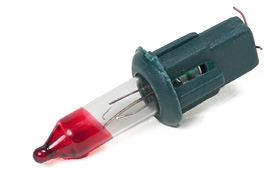
Light Fixtures
Lighting is generally separated into three different categories:
- accent lighting
- ambient lighting
- task lighting
Accent lighting is lighting that is mainly used for decorative purposes. An example of accent lighting is lighting that is focused on a painting.
Ambient lighting is also known as general lighting and is the overall illumination of a room. Indirect lighting is an example of ambient lighting.
Task lighting is lighting required for areas where visual activities such as cooking, reading, writing or any other activity that requires good illumination occurs. Task lighting often directs light directly on the work surface.
Indoor Light Features
Surface mounted fixtures are fixtures that have the finished housing exposed.
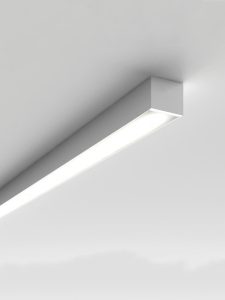
Recessed or down lights are lights that are recessed so that the housing is hidden.

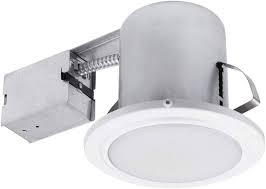
Track lights are a method of lighting where numerous lighting fixtures are mounted on a track.
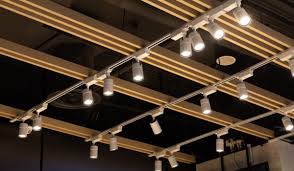
Outdoor Light Fixtures
Outdoor lighting is used to illuminate areas such as sidewalks and driveways. Lights are also used for security purposes.
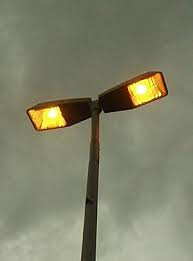
Motion Sensors
Motion sensors are a good choice for outdoor security lighting. These lights come on for a set time when there is any motion. When the set time has passed and there is no more motion the lights turn off.
Photocells
Photocells turn the lights on when the natural light is low and turn the lights off when the natural light returns.
Low Voltage Lighting
Low voltage light fixtures use a transformer to step down household current to 12 or 24 volts.
The transformer can be integral (built-in to the fixture) or the transformer could be external and housed in a service location. Low voltage lighting is suitable for both indoor and outdoor applications.
LED Lighting
LED (Light Emitting Diode) lamps and fixtures are a very energy efficient form of lighting. The technology is still constantly evolving. LED lamps operate using DC current supplied by a “Driver” which converts AC power sources to DC. LED has become the most commonly used lighting in new construction an many commercial buildings and homes have been converted. LED lamps and fixtures are available to replace all other forms of lighting and will eventually make technology such as Incandescent and gas discharge ( fluorescent, metal halide etc.) non-existent.
LED lighting has seen widespread adoption in commercial buildings for several reasons:
Energy Efficiency: LED lighting consumes significantly less energy compared to traditional lighting technologies like incandescent bulbs and fluorescent tubes. This leads to lower electricity bills and reduced energy consumption, which is particularly important for large commercial buildings with extensive lighting needs.
Longevity: LEDs have a much longer lifespan than traditional lighting sources. They can last tens of thousands of hours before needing replacement, reducing maintenance costs and the inconvenience of frequent bulb changes, especially in areas with high ceilings or difficult access.
Cost Savings: While the initial cost of LED fixtures may be higher than traditional lighting options, the long-term cost savings due to lower energy consumption, reduced maintenance, and longer lifespan typically outweigh the upfront investment.
Environmental Benefits: LED lighting is more environmentally friendly than traditional lighting technologies. LEDs are mercury-free and produce less heat, reducing greenhouse gas emissions and the risk of fire hazards. Additionally, the longevity and energy efficiency of LEDs contribute to lower carbon footprints over their lifespan.
Improved Quality of Light: LED lighting produces high-quality light with excellent color rendering properties, which is important for commercial spaces where visibility and aesthetics are crucial. LED fixtures can mimic natural daylight, providing a more comfortable and productive environment for occupants.
Overall, LED lighting offers numerous benefits for commercial buildings, including energy and cost savings, improved lighting quality, environmental sustainability, and compliance with regulations. As a result, it has become the preferred choice for lighting upgrades and new installations in commercial settings.
